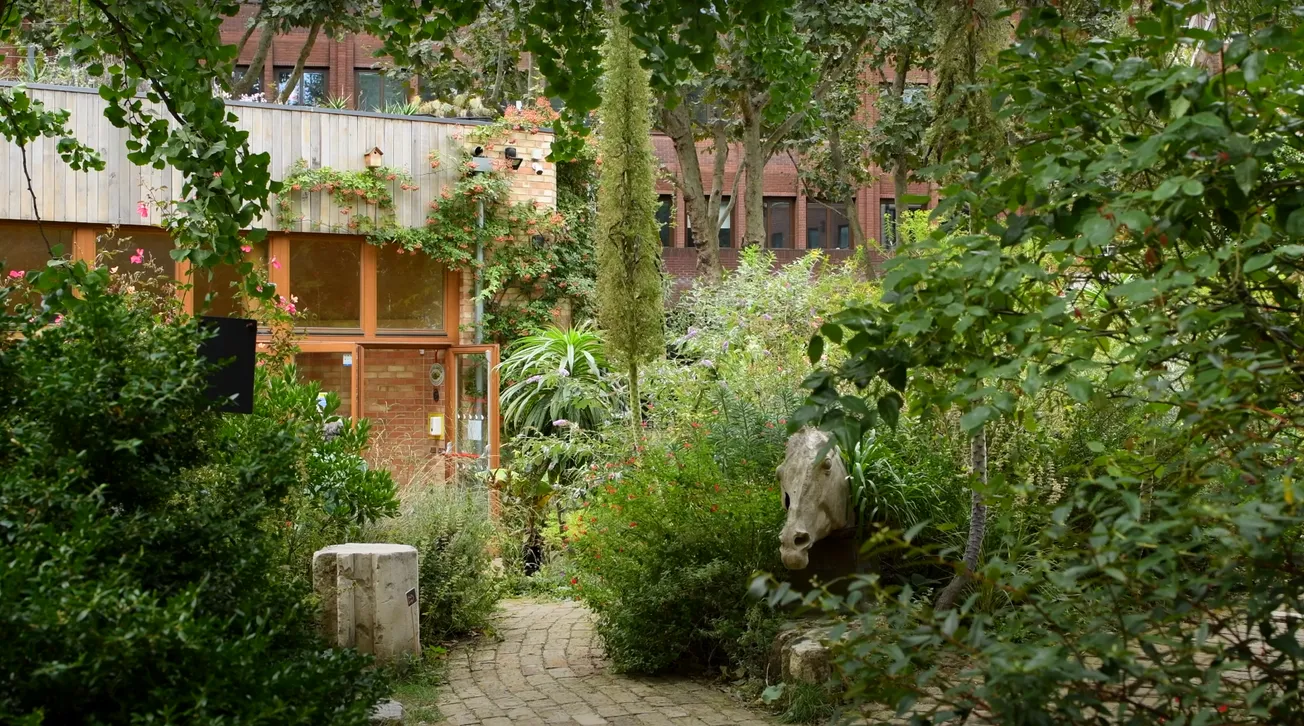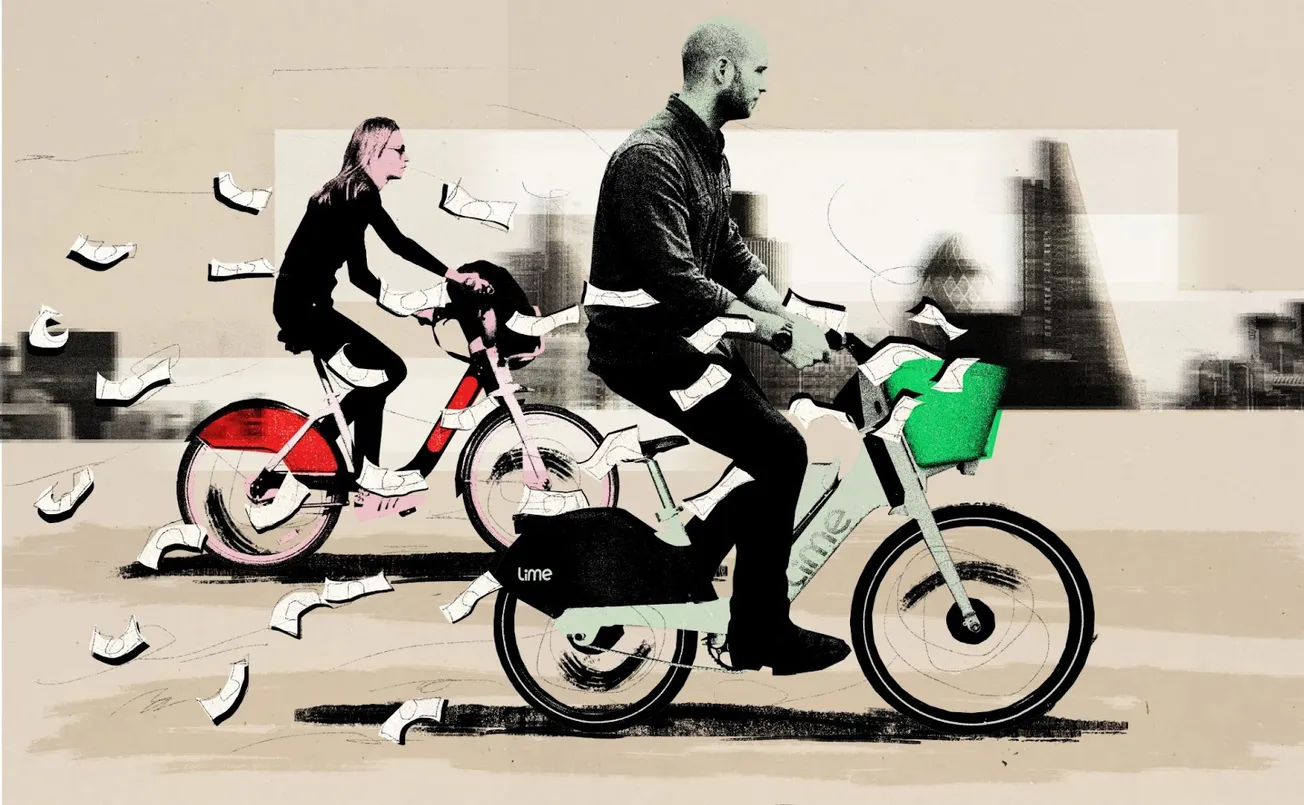Two months ago, punters with a hankering for spicy wings were confronted by a peculiar sign at a Metro’s chicken shop in Ladywell; a printed sheet of A4 in a see-through plastic binder, taped to the door. “The High Court of Justice and the Court of Appeal” it decried, in huge black font, “have found that Metro’s have infringed on Morley’s trade marks”. Other than a typed-out hyperlink, there were no other details. The Londoner decided there was more to this story — and in doing so, discovered that the notice is the result of a consequential battle in a clandestine chicken war raging across the capital.

It might be obvious to the average Londoner, but chicken is a big deal. It’s also big business. Some estimates suggest there are over 8,000 chicken shops in the capital, which has the highest concentration in the country (5.68 per 100,000 people). Streatham High Road — also known as “Chicken Valley” — is home to some 29 chicken shops. They’ve become part of London’s psychic geography, the backdrop for music videos or viral YouTube interview series.
As a result of the notice, Metro’s, which was one of London’s largest chains, have been forced to change their name and temporarily shut down their website. If you live in London, you’ve probably already heard of the claimant: Morley’s, South London’s chicken behemoth. If you haven’t, just remember not to mess with them. This is not the first time they’ve come for one of their rivals.
Over the past decade or so, Morley’s success, not just as a franchise but as a cultural institution, has led to dozens of knock-offs. An Instagram page, @morleysorless, run by a dedicated group of architecture graduates, has noted: Morley, New Morly, Morley’s Peri Peri, Monleys, Morkle’s, Maley’s, Merlie and Marley’s — all sporting Morley’s own iconic white cursive script set against a red background.
To understand the rise of fake Morley’s, you first have to understand the real deal, a south London chicken shop started by a Sri Lankan Tamil immigrant in the 1980s. The shop was the brainchild of Indran Selvendran — a sort of South Asian “Del Boy”, according to his son — who opened the first outlet in 1985 in Sydenham, south-east London (the signage for the original shop is soon to be on display at The London Museum). Selvendran died in 2002, but it wasn’t until after his son, Shan, took over seven years later, that the shop began to develop cult status. In 2018, Shan began opening multiple new franchises in an effort to become London’s largest chicken shop chain. There are now some 94 Morley’s stores, almost all concentrated south of the river. The shop’s notoriety in the south London area, which, via UK rap, was becoming culturally ascendent, had begun to pay dividends.
In 2017, its Thornton Heath branch received a decent rating (4.3/5) on the viral London based YouTube channel, Pengest Munch. The show’s presenter, Elijah Quashie (also known as "The Chicken Connoisseur"), turned up to review it alongside the rapper Bonkaz, who immediately began evangelising after the meal. “I pretty much grew up in that Morley’s,” he said, “it makes me proud of my ends man… mad powers in the Morley’s.” The resultant video attracted over three million views. Following Quashie’s lead, Amelia Dimoldenberg has set dozens of her extremely popular Chicken Shop Date YouTube series in Morley’s. That same year, Stormzy, fresh off his first MOBO Award, chose Morley’s to frame part of the music video for “BIG FOR YOUR BOOTS”, fellow award winner Krept did the same.
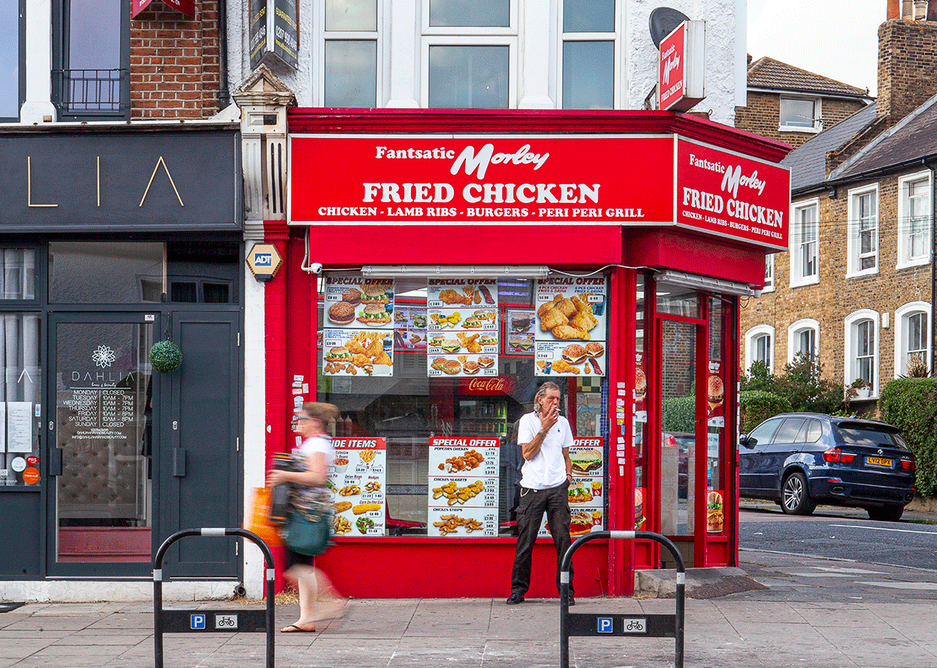
Having become suddenly in vogue, Morley’s found itself pursuing collaborations with the likes of Spotify and Heinz, and keeping control of its branding became imperative. But that period of roaring success for Morley’s, not just as a franchise but as a cultural institution, led to dozens of knock-offs. By this point, brands like Monleys and Maley’s had become such a predictable staple that they’d developed their own cult status. “If you typed ‘fake Morley’s’ into Twitter,” says William Molho, one of the founders of @morleysorless, “you’d have random people saying ‘oh nothing better than coming back to a fake Morley’s after a night out’.” The more these knock-offs were photographed, the quicker they began shutting down.
“As soon as we found one, we had to get there quickly, so there was a thrill to the chase,” Nick Blomstrand, one of Molho’s collaborators, recalls. “As an industry, I think it's quite a high turnover; you get a bad health rating, a warning from the environmental department, and then you’re under new management, with a brand new name.” One outlet, Morley’s Griller, had to tape over the “rley” to become Mo’s Griller. It was around this time that they saw many of these outlets becoming Metro’s, which had begun spreading, often within walking distance of the nearest Morley’s.
The new lawsuit with Metro’s— an intellectual property claim — began last year. Morley’s has been through this process before and, according to court documents, had already pursued over twenty different actions against chicken shops they saw as copycats.
Part of the reason that Metro’s had begun confidently absorbing fledgling chicken shops, is because, to their mind, they’d been inoculated against Morley’s’ intellectual property claims. Run by another Tamil named Kunalingam Kunatheeswaran, Metro’s was previously called Mowley’s but, in one of its first broadsides against a lookalike, Morley’s had taken them to court for copyright infringement. In 2018, the case was settled and Mowley’s agreed to change its name (while keeping the same red signage and cursive lettering) — which is to say, they had survived. Metro’s had successfully dodged Morley’s offensive and set about opening new branches. According to Google Maps, Metro’s has almost two dozen locations as of 2025 (with the closure of Metro’s website, a more concrete figure is hard to establish).
But they weren’t as safe as they thought. Morley’s brought another case against them in the English Intellectual Property Enterprise Court, this time for similarities between the two logos.
“We were on the losing team. I still think it was the wrong decision, but there you go,” says Andrew Lee, Kunatheeswaran’s lawyer and partner at intellectual property law firm, Brandsmiths. “At its heart, you’ve got two chicken shops that use red and white but different brand names.” Lee leans back in his chair with a slightly relaxed demeanour that’s rare in lawyers, his T-shirt revealing the tattoos on his arms. “The problem that the judge found was the way my client had presented Metro’s with a very similar looking M: script-type writing, the position of that writing and using a similar red, would all lead people to be confused. It’s what trademark lawyers call ‘imperfect recollection’.”
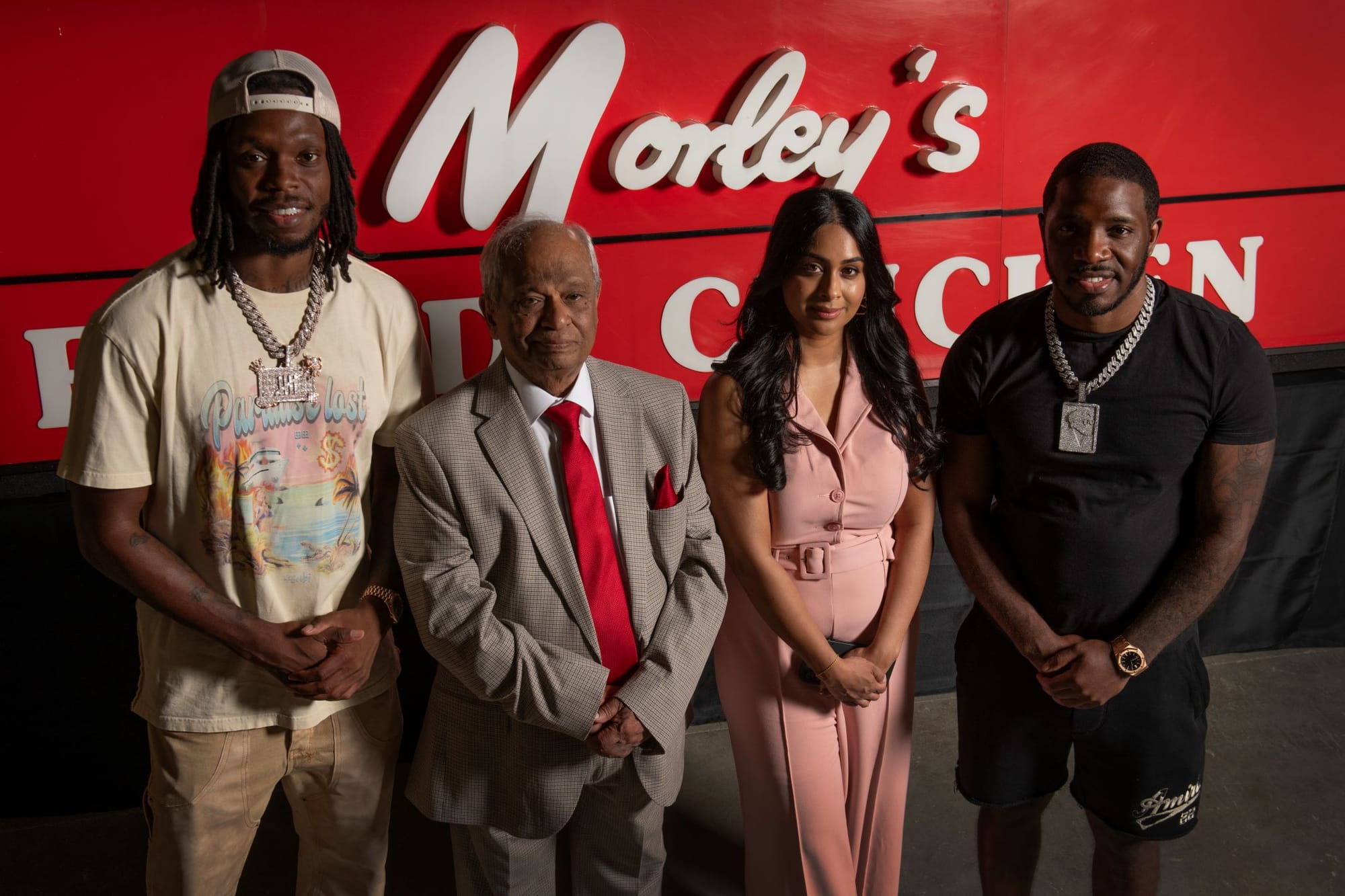
For Lee, the lawsuit sparks an interesting, almost philosophical, question. Aren’t all chicken shops just mimicking the established sensory marketing cues that have emerged in the industry. After all, Morley’s itself could be accused of copying KFC — white lettering, red sign. A chicken shop franchise would struggle to attract punters with a black sign and gothic font; there are certain subliminal signals they need to emit for passers by to pick them out from afar as a source for cheap wings and chips. “It was interesting,” Lee says, “because in the case, there was no dispute that Morley's had been inspired by KFC, which used red. There were actually academic and scientific articles which also weren't disputed, about how the use of the color red is popular in fast foods, particularly in chicken.” But this argument didn’t work on the judge, who found the way the Metro’s sign had been presented to be too similar to Morley’s.
In the end, part of what the judgement came down to was a feature of intellectual property law known as “level of attention”. This is a relatively simple concept. If you’re buying a car, you’ll be paying closer attention to the brand and the details of the purchase generally, less so if you’re buying a £2.50 bag of wings. In a trademark case, the claimant will always be looking to say the level of attention is lower, and the defendant will argue the opposite. However, in the case of Morley’s vs Metro’s, the judge put forward a peculiar theory. Considering the customer base, diners didn’t just have to be able to differentiate between the two brands — they had to be able to do so while drunk.
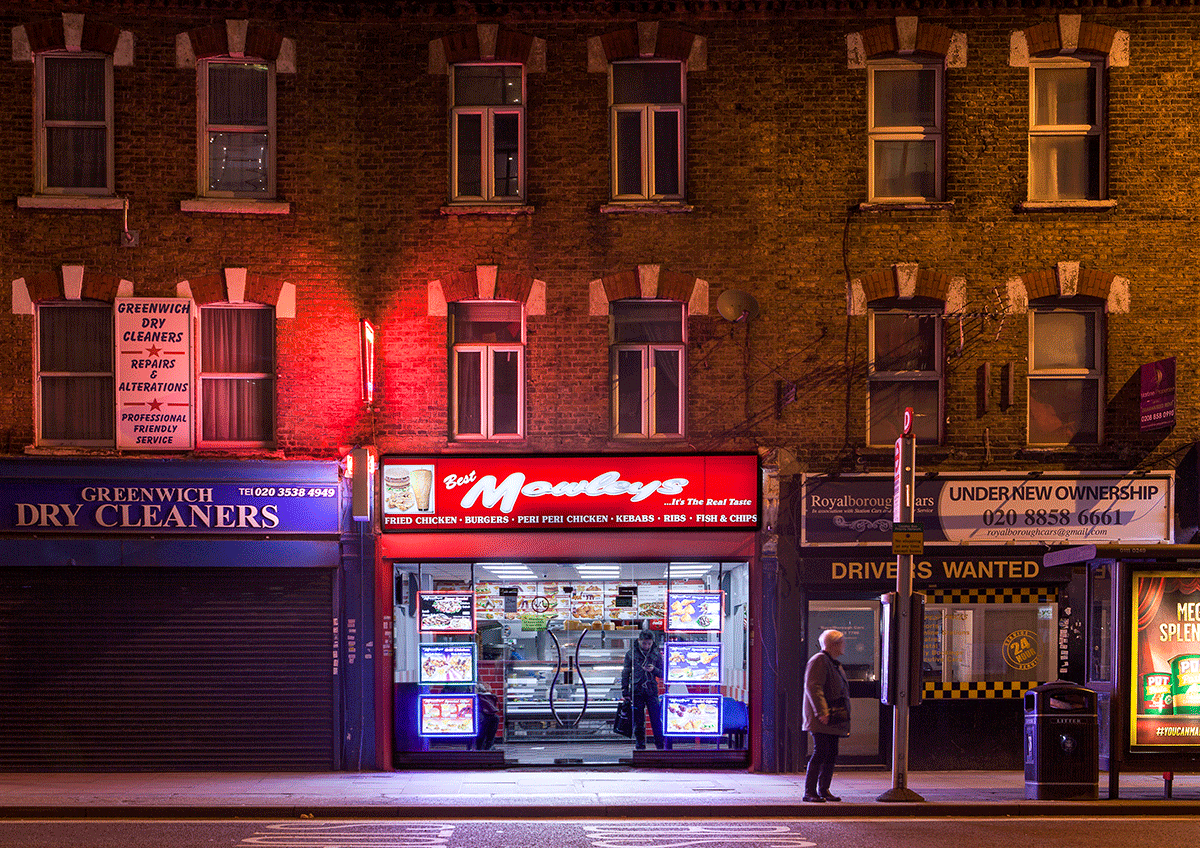
Lee and his team took this to the Court of Appeal. “The question of whether something’s confusing is adjudicated by something called the average consumer… You can't have an average consumer that's drunk, because then, by definition, they're not reasonably observant or reasonably circumspect.” The court agreed with Lee on this point, but said that, even so, there was no reason to think the judge would have reached a separate conclusion. The appeal was dismissed.
With its website seemingly shuttered and its official phone number taken out of service, at this point Metro’s closure or, at best, rebranding feels like an inevitability. But there are ripples from the Metro’s case that will be felt across the city. Morley’s have come out on top in a pivotal legal battle. “This judgment doesn't bind anyone else in the industry. It's only between the relevant parties. But naturally, Morley’s will use it to its advantage,” says Lee.
A very small percentage of claims actually make it to trial and now, as Lee tells us, any chicken shops Morley’s might pursue for copyright infringement will know that they’re dealing with a company that isn’t afraid to see a claim through. And that will be equally true for all the other micro chicken empires elsewhere in the capital — Chicken Cottage, Sam’s Chicken or Favourite — that may decide to crack down on their lookalikes.
For years, the chicken shop world was rife with plagiarism, with thousands of micro chains battling it out away from the mainstream spotlight. But as demand boomed and profits soared, the stakes became higher, and things became more ruthless. For a small number of those chains — like Morley’s — it has allowed them to build a growing monopoly over the sector. That notice in the Metro’s window is both the death knell for that lawless era of chicken, and a harbinger of a new, finger-lickin’ empire.
Any thoughts on London's secret chicken shop wars? Will you miss Fantsatic Morleys and Mowleys? Why do you think the city is so in love with fried chicken? Tell us your thoughts below!

Comments
How to comment:
If you are already a member,
click here to sign in
and leave a comment.
If you aren't a member,
sign up here
to be able to leave a comment.
To add your photo, click here to create a profile on Gravatar.



